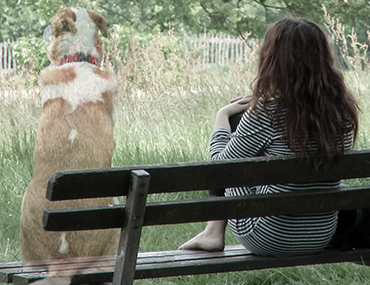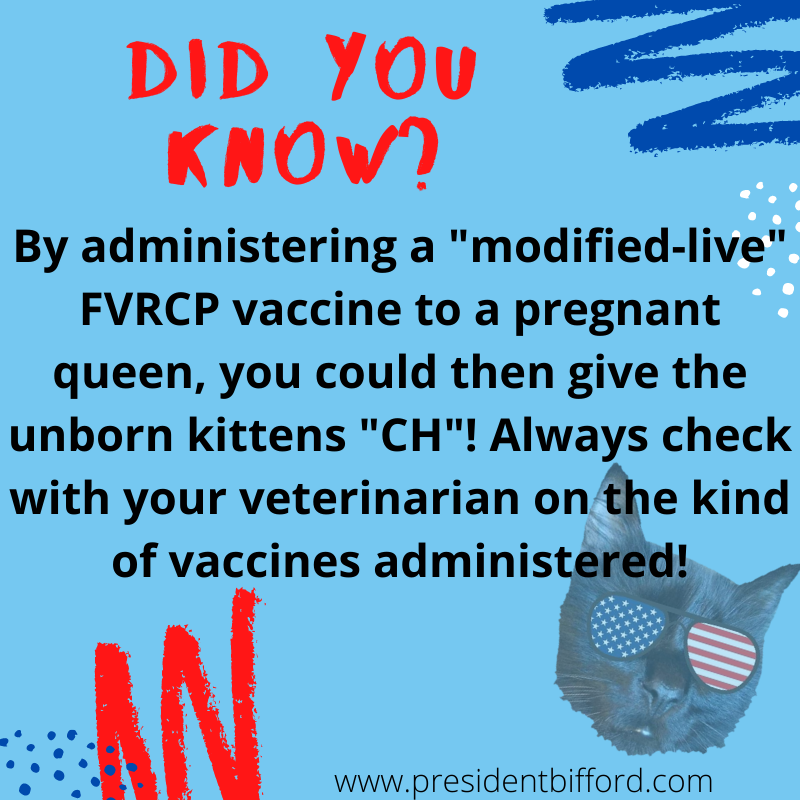What is Veterinary Laser Therapy?
Content Courtesy of AVMA;AVMA.org
Veterinary laser therapy is an innovative treatment that has gained popularity in recent years as veterinarians discover its benefits for pets. Used similarly to acupuncture, massage therapy, and other alternative therapies, laser treatment can be used in conjunction with or in place of medication to manage pain, inflammation, and wound healing.
“Laser”—an acronym for “light amplification of stimulated emission of radiation”—refers to a unit that emits focused, penetrating light beams in three forms:
- Monochromatic: Light that is a single wavelength (as opposed to natural light, which is emitted as a range of wavelengths)
- Coherent: Photons (i.e., tiny particles of light or electromagnetic radiation) that travel in the same phase and direction
- Collimated: Photons that travel in a single straight beam
Coherence and collimation give a laser penetrating power to a restricted area so that nearby tissues are unaffected.
Lasers are classified based on their wavelength and potential energy output, with four classes currently recognized:
- Class 1 lasers, such as barcode scanners used in supermarkets, are used safely every day
- Class 2 lasers, which include laser pointers and some therapeutic lasers, produce a beam in the visible spectrum (400–700 nanometers)
- Class 3 lasers include the most commonly used therapeutic lasers
- Class 4 lasers cause thermal injury to tissues and include surgical lasers used to cut and cauterize tissue during surgical procedures
How does laser therapy affect my pet’s tissue?
Therapeutic lasers use light waves of a specific wavelength to cause photobiomodulation, or the alteration of cellular and tissue physiology. Light absorbed by cellular components stimulates electrons and activates cells to promote growth, proliferation, migration, and repair.
The type and depth of tissue that responds to laser therapy depends on the wavelength of the light that is delivered. Most therapeutic lasers use red or near-infrared light, which has a wavelength of 600–1070 nanometers, although units with green, blue, and violet light, which have lower wavelengths, are becoming more popular. Laser beams of lower wavelengths are absorbed by superficial tissue, such as the skin, whereas beams of higher wavelengths penetrate deeper to muscles and bones.
Laser therapy helps tissue repair by causing the following:
- Endorphin release
- Vasodilation, which increases blood flow to bring in oxygen and cells involved in the healing process
- Muscle relaxation
- Decreased inflammation
- Faster healing and repair
The main clinical benefits of laser use in pets include decreased inflammation, decreased pain, and improved wound healing.
Who can benefit from laser therapy?
Laser therapy is used for many veterinary medical conditions, including:
- Chronic arthritis
- Surgical incisions
- Tendon and ligament injuries
- Traumatic injuries
Laser therapy is particularly useful for pets with limited medical treatment options, such as:
- Pets with liver disease who cannot take medications
- Cats, for whom only a few pain-control medications are approved
- Exotic pets for whom medication administration is difficult or impossible
- Older pets with diminished organ function
How are laser treatments administered?
During a treatment session, the handheld laser wand is slowly moved back and forth over the damaged tissue, producing a warm, pleasant sensation that most pets seem to enjoy and find relaxing. Sessions usually last 15 to 30 minutes, with the number of sessions and frequency of treatments dependent on the injury. Chronic conditions may be treated weekly, whereas surgical incisions and open wounds often require daily treatment.
Is laser therapy safe for pets?
Laser therapy is safe if performed correctly, using the proper settings and treatment durations. Higher-powered units can cause thermal burns to tissues if used incorrectly. Also, laser beams directed at an eye can cause permanent retinal damage, so patients and all veterinary staff must wear protective goggles during treatment.
https://www.facebook.com/plugins/share_button.php?href=https%3A%2F%2Fwww.aaha.org%2Fyour-pet%2Fpet-owner-education%2Fask-aaha%2Flaser-therapy%2F&layout=button&size=large&width=77&height=28&appId https://platform.twitter.com/widgets/tweet_button.06c6ee58c3810956b7509218508c7b56.en.html#dnt=false&id=twitter-widget-0&lang=en&original_referer=https%3A%2F%2Fwww.aaha.org%2Fyour-pet%2Fpet-owner-education%2Fask-aaha%2Flaser-therapy%2F&size=l&text=What%20is%20veterinary%20laser%20therapy%3F&time=1626026375699&type=share&url=https%3A%2F%2Fwww.aaha.org%2Fyour-pet%2Fpet-owner-education%2Fask-aaha%2Flaser-therapy%2F





